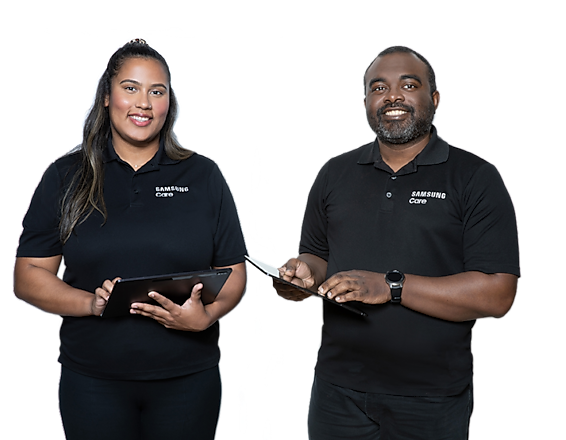How to use 5G on a Samsung Galaxy phone or tablet

How to use 5G on a Samsung Galaxy phone or tablet
5G availability and compatibility
Before you can start enjoying 5G, please be aware that its availability in some areas may be limited, but there are multiple models available that support 5G.
However, more and more 5G infrastructures are being built, which means additional carriers will have 5G availability as time goes on.
- Verizon: Supports nationwide 5G at speeds similar to LTE, and 5G Ultra-wideband (UWB) that can deliver higher speed data.
- T-Mobile: Supports 5G and Ultra Capacity 5G with faster speeds.
- AT&T: Supports 5G and 5G+ with faster data.
Many other carriers will also be supporting 5G. If your carrier is not listed, contact them directly to get the details for their 5G rollout.
In addition to a 5G device, you'll need to be sure you are using the SIM card that came with it, or you may need to get a new SIM from your carrier. Some older SIM cards are not compatible with 5G.
If you have a 5G capable phone or tablet with the appropriate SIM card, and you are in a 5G service area, you don't have to do anything to take advantage of the increased speed and connectivity. Your device is preconfigured to take advantage of all the benefits of 5G.
5G vs 5GE
In general terms, 5G refers to the 5th generation of cellular technology. However, 5G should not be confused with AT&T's 5GE, or 5G Evolution.
Simply put, AT&T's 5GE is a rebranded name for their current network, which runs on comparable 4G speeds. However, AT&T along with Verizon Wireless are currently working on launching an actual 5G network.
5G benefits
5G may be blazing fast, but it isn't just about delivering faster speeds. It's about helping the world become more connected through IoT (Internet of Things).
5G is revolutionary because it will help more devices connect and operate simultaneously. We're talking about more than 100 times the number of connected devices in a single area.
5G will boast a network speed of 10Gbps, compared to 10Mbps with 4G. That is a huge jump in speed.
Troubleshooting your 5G connection
The following steps will help you troubleshoot 5G connections on your device.
- Check if you are in a 5G coverage area.
Initially, mobile 5G service is only available in certain cities but will be available in more cities soon. As the 5G infrastructure grows, it won't be long before your city has optimal 5G coverage as well. If you are in a coverage area, the device may switch to LTE during periods of heavy use to maintain optimal device performance. - Check if you have a 5G service plan and SIM from your carrier.
5G connectivity may not have been added to your service plan. Contact your carrier to make sure you are signed up for the correct service plan. Additionally, make sure you are using the SIM card that came with the device, or a 5G compatible SIM provided by your carrier. Older SIM cards are not compatible with 5G plans. - Check your phone's display.
Whenever 5G coverage is unavailable, your phone will automatically fall back to 4G or 3G speeds. Check if your phone is displaying the 5G indicator on the status bar. If it isn't, your phone is using either 4G or 3G. The 5G indicator's appearance will vary based on the carrier. - Enable 5G on your phone.
Open Settings, and then search for and select Network mode. Tap Network mode, and then tap an option that includes 5G connectivity, or GLOBAL. - Restart your phone.
Swipe down from the top of the screen with two fingers to open the Quick settings panel, and then tap the Power icon. Tap Restart, and then tap Restart again. If you are still having connectivity issues after restarting, contact your carrier for further assistance.



Contact Samsung Support



